In this article we will take a look at some various ways in which the Triad is manifested and used in physical reality. We will focus heavily on the geometry of light, color and sound as they relate to triangles and the 3D triangle, the tetrahedron.
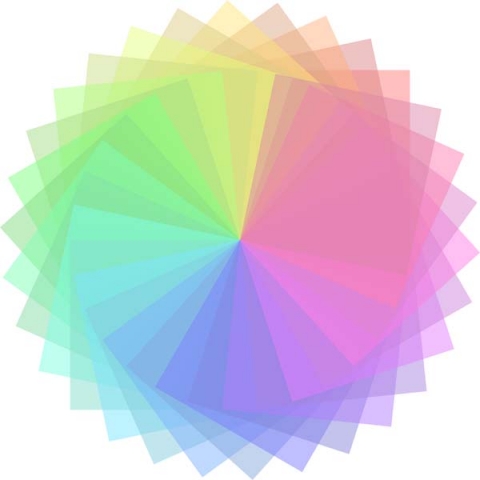
Triangles in Architecture & Design
The triangle is the quintessential symbol of the Triad.
The triangle bestows strength, balance, and efficiency of space, energy and materials, therefore it is used often in architecture and engineering.
The triangle can balance visual appeal and symbolism in architecture.





Parthenon replica, Nashville, TN
In engineering triangulation creates stability.

Triangles employ the principle of stability in the A-frame truss.


Forces push inwards from the bottom points, downwards from the apex, and outwards from the bottom points – creating a perfect balance.
Carpenters stabilize a structure by bracing it with triangles and Ladders are triangular as they are the most stable shape.
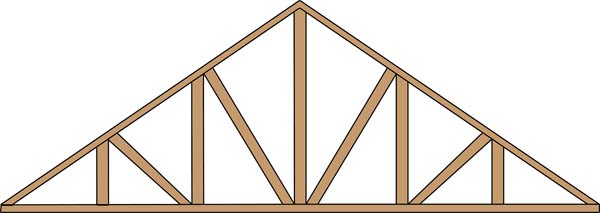
Arches use the principle of the triangle’s stability to remain standing.
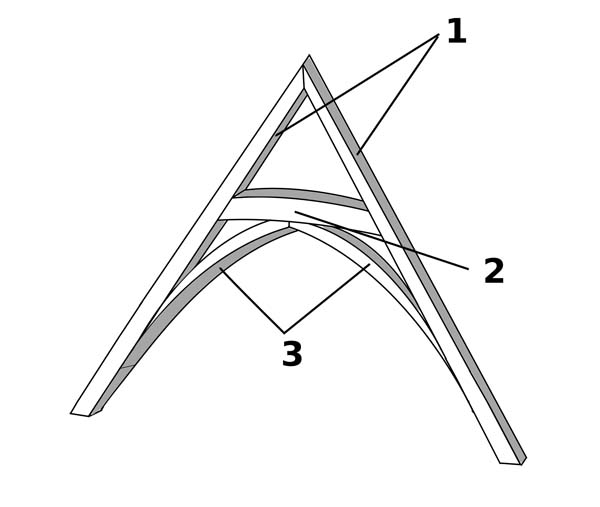
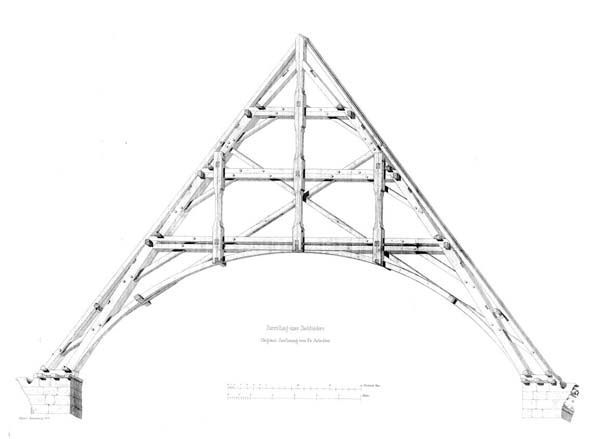
Forces push upwards into the arch, downwards from the apex and outwards from the apex through the legs.
This triple-structure architecture stands due to the triple forces balancing the structure.

As Leonardo da Vinci said, “An arch is two weaknesses which together make a strength.”

Triangles are also seen in dams, tunnels, bridges, geodesic domes and monuments such as the Eiffel Tower and the many pyramidal structures found throughout the world.








Triangles give the wedge and ax their splitting power.

The arched triangular indentation in the base of a wine bottle simultaneously strengthens the container and collects sediment.
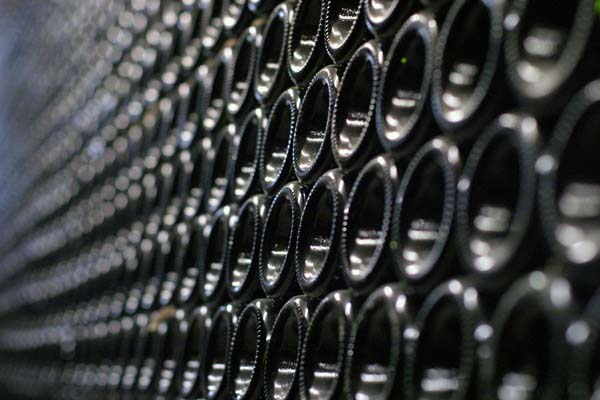
The Triad Geometry of Knots & Braids
Knots and braids take three parts interlocking simultaneously to become unified.
No knot can have fewer than three crossings.
A trefoil knot is the simplest possible continuous-line knot.

Braided hair requires three tresses. Two tresses twirled around one another will not hold. The third tress locks in the braid.

“That is, the Dyad’s principles will not create an enduring whole but merely opposites without resolution, and unending dance of conflict, like lawyers without a judge.”1
A third strand will create a self-enforcing stable unity.
Triads in Natural Forms
There are three parts of an insect – head, thorax abdomen.
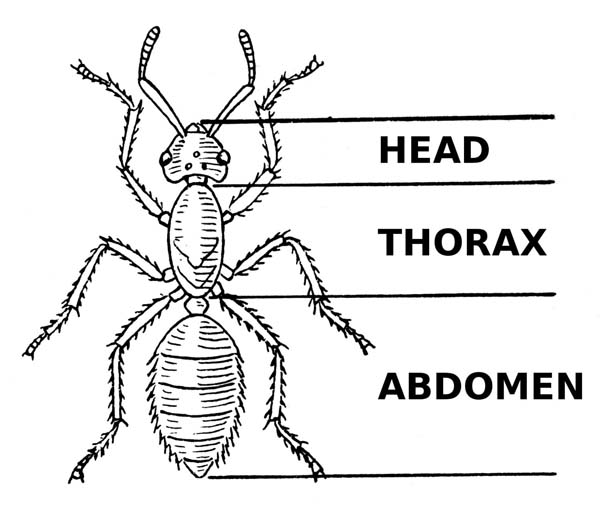
There are three main parts of a human body – head, torso, legs.
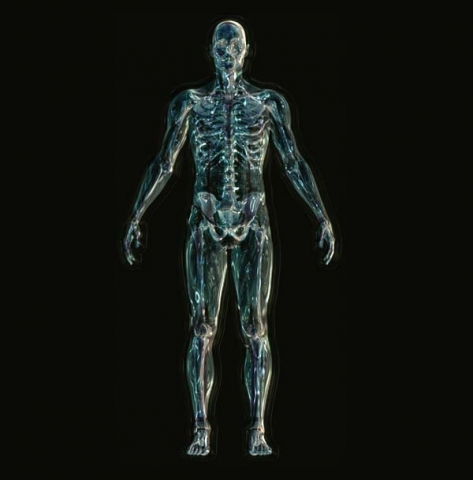
Three-petaled flowers are the beginning of every fruit and vegetable. There are also three-petaled flowers and leaves not related to vegetables.


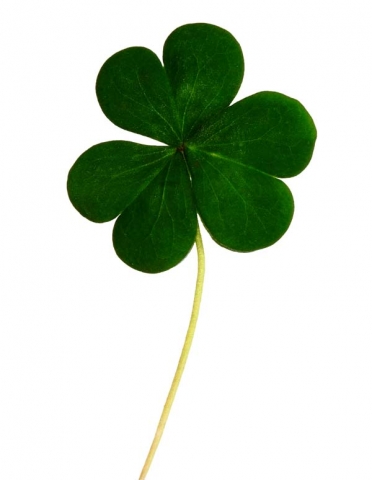
Many fruits and vegetables display three-corner structure.
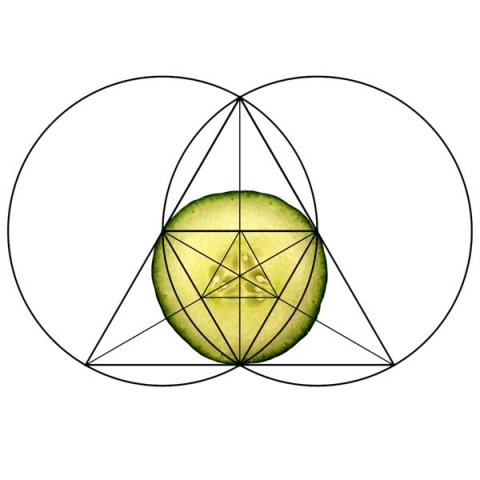
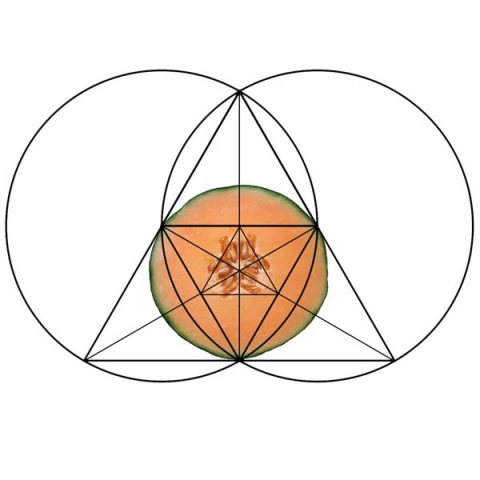
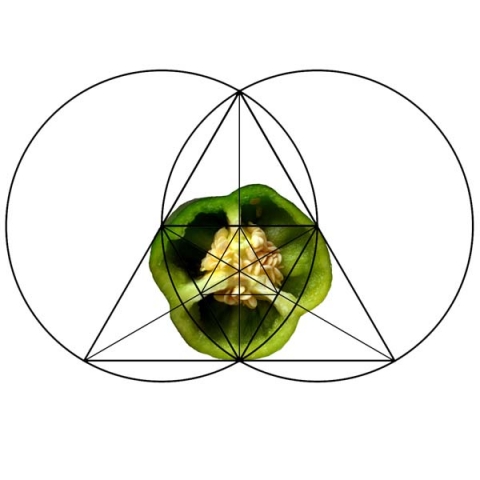
The triangle gives the rose’s thorn its efficacy. The same goes for other thorned plants.


It also gives the shark tooth its bite.

The Triad is seen in the way coequal molecular bonds tear apart and break into three-way 120-degree joints.
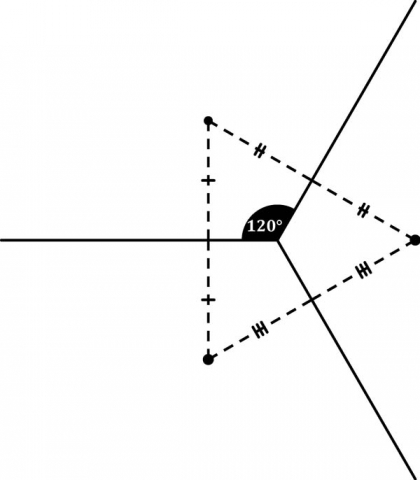
This is seen in more elastic materials that crack relatively rapidly over hours, days, and months.
Examples are seen in concrete and rocks, drying mud, coffee grounds in the filter, and bullets piercing an egg.
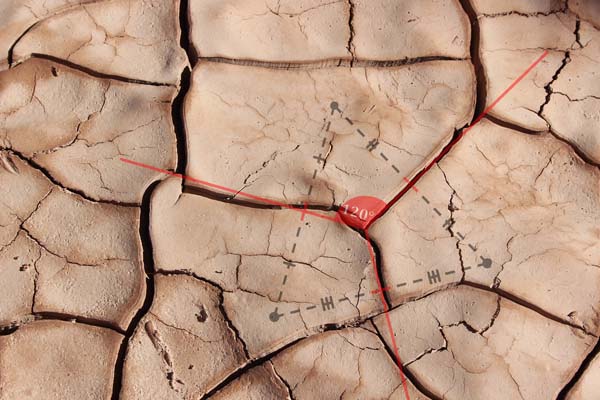
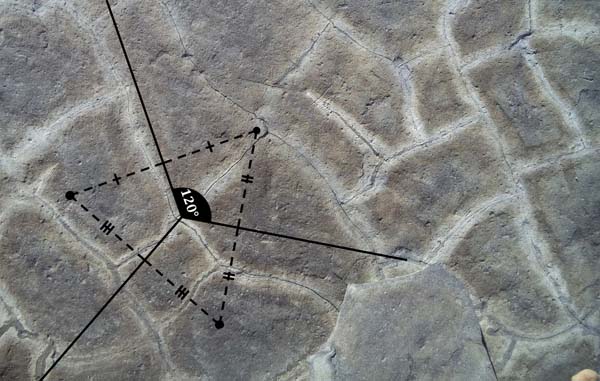
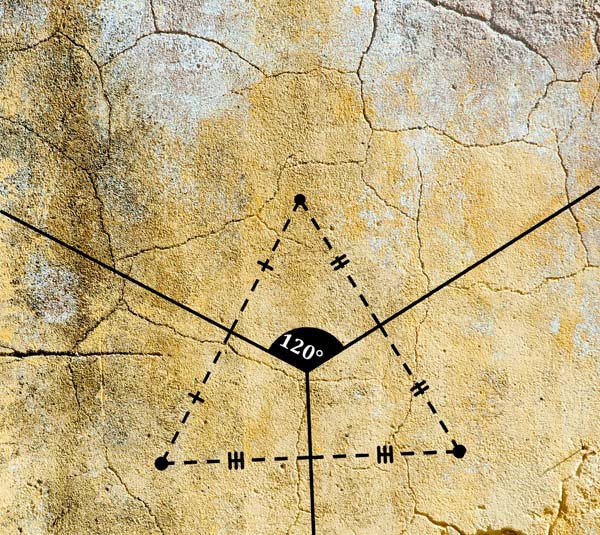
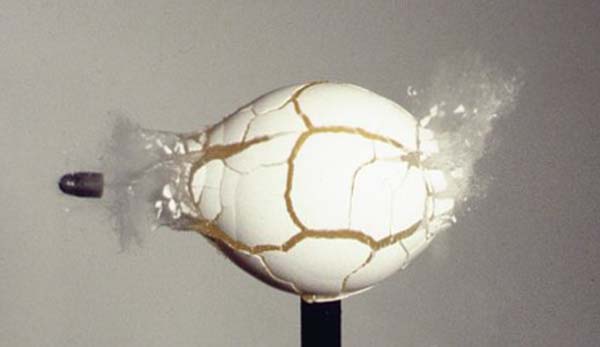
Credit: Gary S. Settles
Longer times, like years, decades, or centuries, result in a four-cornered rectilinear pattern. This will be discussed in the Tetrad section and can be seen in things such as old paint and porelain.
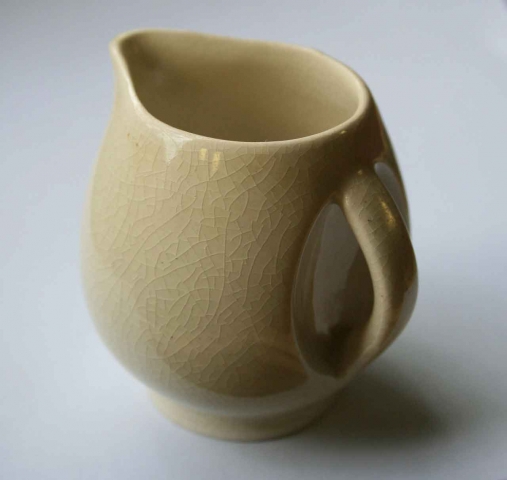
Furthermore, after 3 years the Moon closely repeats its phases in the calendar.
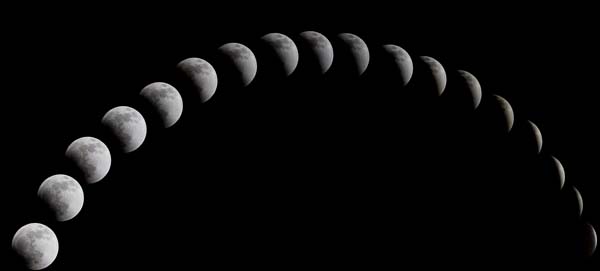
Delaunay Triangulation and Voronoi Tessellation
Delaunay Triangulation and Voronoi Tessellations are a process that nature undergoes to form many structures in nature. These include molecular structures and cellular structures of plant seeds, pollen, roots, leaves, flowers and fruits, as well as the cellular structure of fungi, insects and insect wings, and the cellular structure of many animal and human tissues.
It is important to understand how this process works geometrically to see why it is so commonly used by nature.
It is all based on triangles.
“The implication is that when a single point relates to two other points in space it becomes a generating angle or vector.”2
In the article Nature by Numbers3 it says, Voronoi Tessellations “are based on a distribution pattern that is easily recognizable in many natural structures, like the wings of some insects and plant leaves.”
The article goes on to show how Voronoi tessellations and Delaunay triangulation can form the structure of a dragonfly wing.
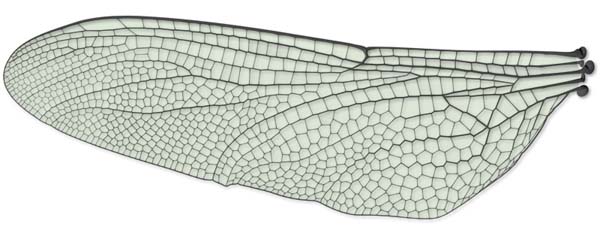
Delaunay triangulation involves a set of discrete points on a plane. Triangles are formed among the points so that no outside point falls in the circumcircle of the triangles. Connecting the centers of the circumcircles produces the Voronoi tessellations that are hexagonal and pentagonal in structure.
Visit: http://www.scienceonthenet.eu/content/article/nature-numbers to see clearly what is going on here.
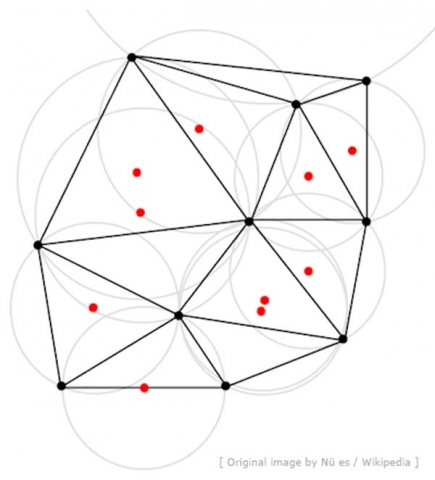
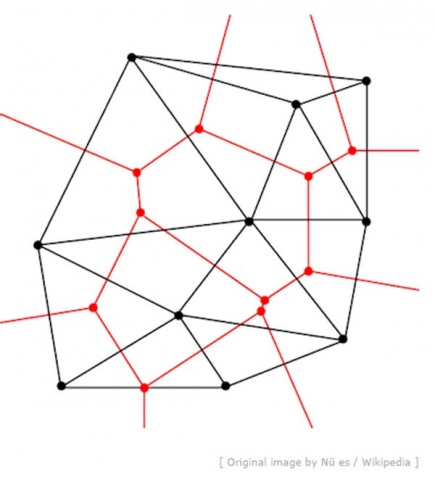
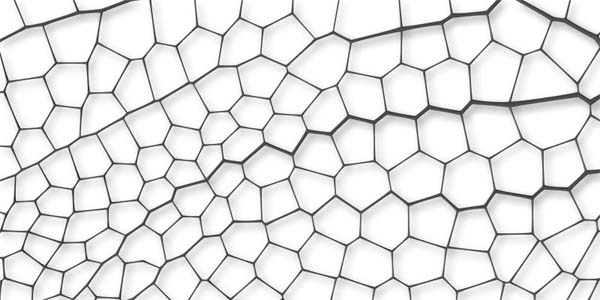
Delaunay triangulations maximize the minimum angle of all the angles of the triangles in the triangulation. They tend to avoid sliver triangles (extremely acute triangles that look like slivers).
Reference Construction Lesson #29: Delaunay Triangulation and Voronoi Tessellations.
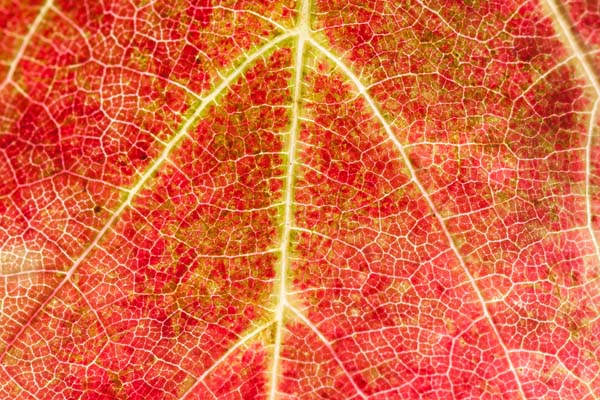

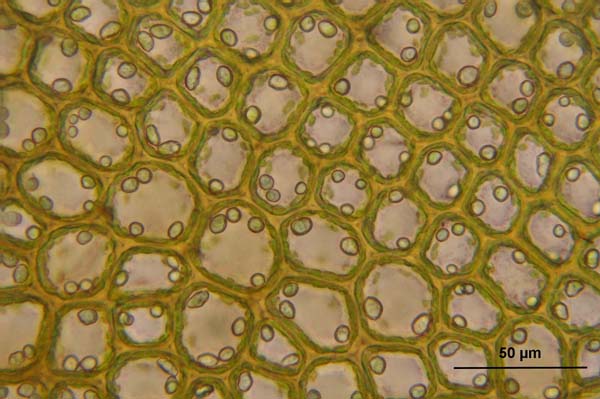
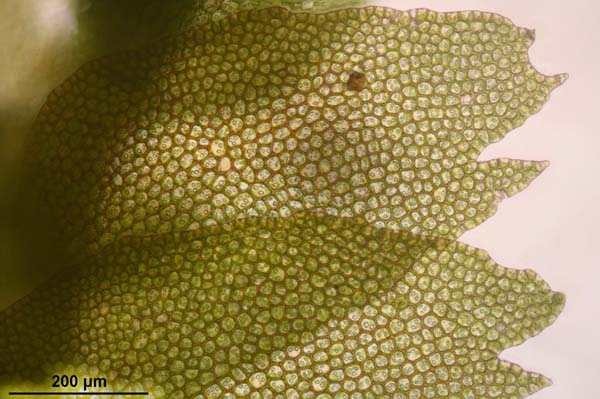
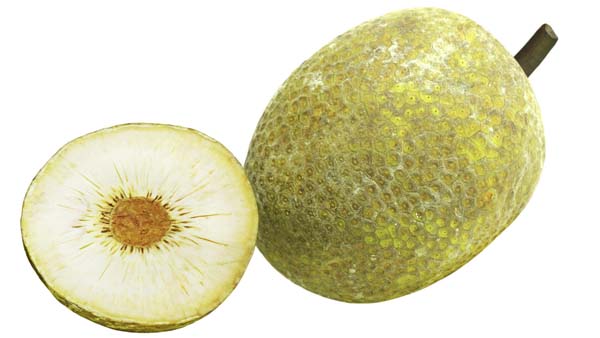
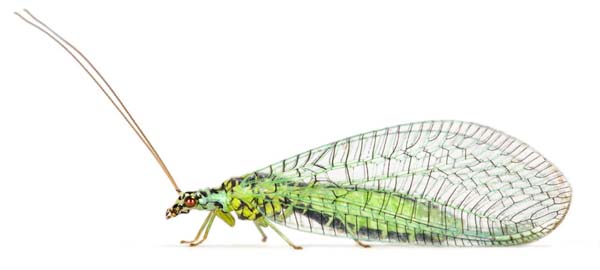
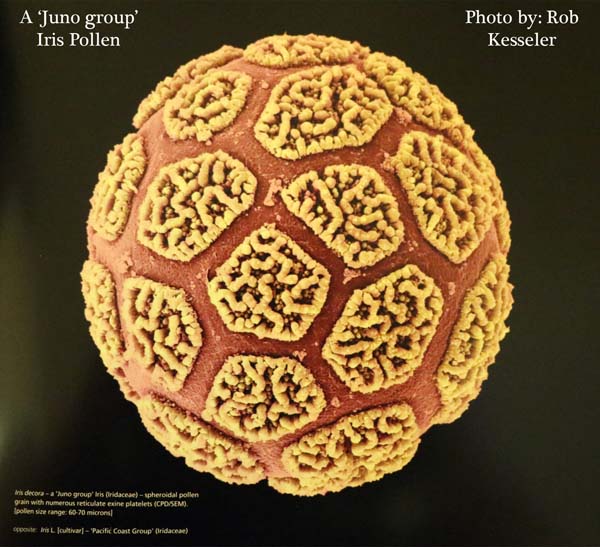
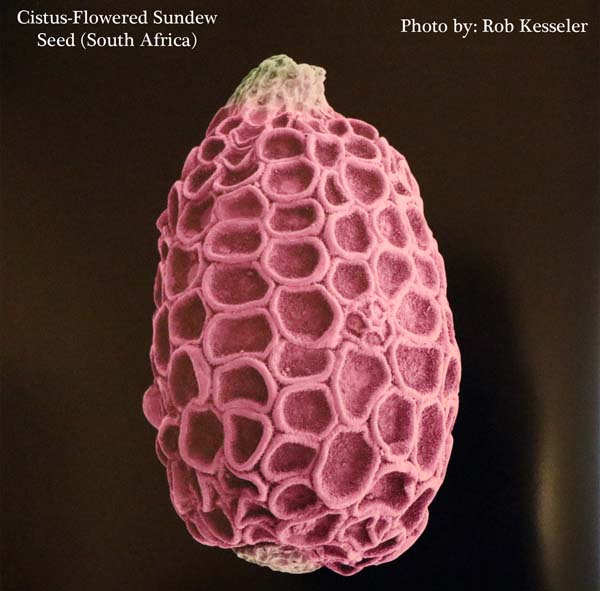
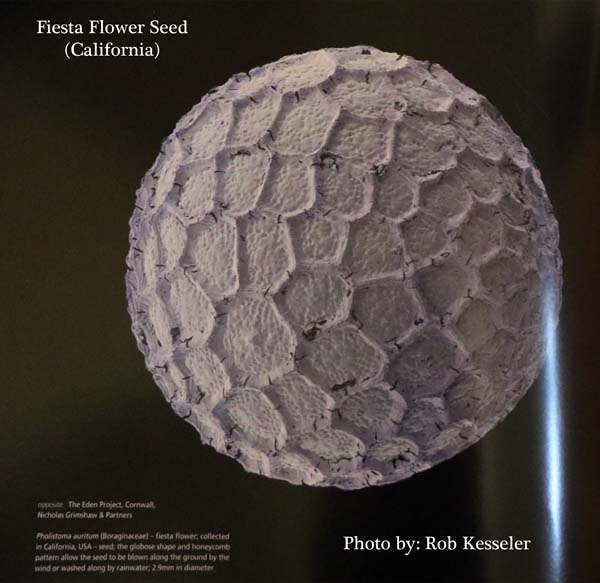
Credit: Rob Kesseler, Seeds & Pollen
Triads in the Human Body4
The sacrum of the pelvis is a triangle. This allows for a stable, seated posture. The sacrum is also the keystone supporting our body when we stand.

The scapula (shoulder blade) is roughly triangular. There are three borders. This shape both stabilizes the arm and provides for a wide range of movement at the shoulder. In fact the shoulder joint is the joint with the largest range of motion in the body.
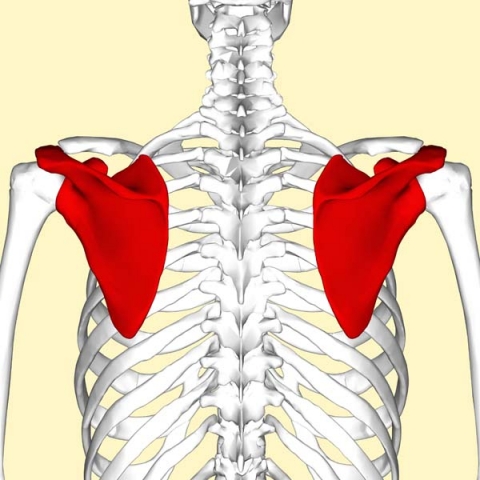
Three types of bone cells:
- osteoblasts – creates new bone and repairs old bone by extracting calcium from the blood and laying down new bone matrix (creation)
- osteocytes – maintain and repair the bone’s substance and strength (preservation)
- osteoclasts – dissolves and re-assimilates old bone materials by dissolving bone matrix into the blood (destruction – transformation)
Three body planes: frontal, sagittal, transverse
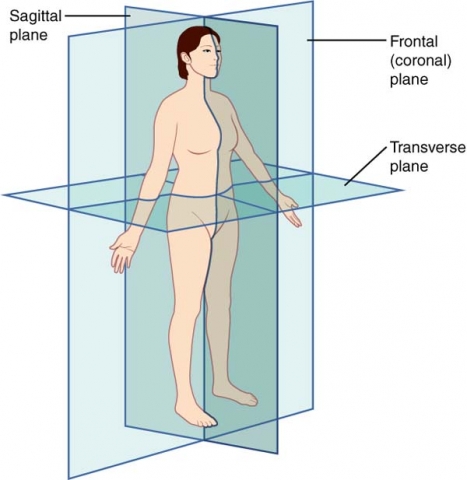
Three layers of skin: Epidermis, Dermis, Subcutaneous layer

Three germ layers: endoderm, mesoderm, ectoderm
These germ layers are groups of cells in an embryo that interact with one another to form all organs and tissues of the developing human.
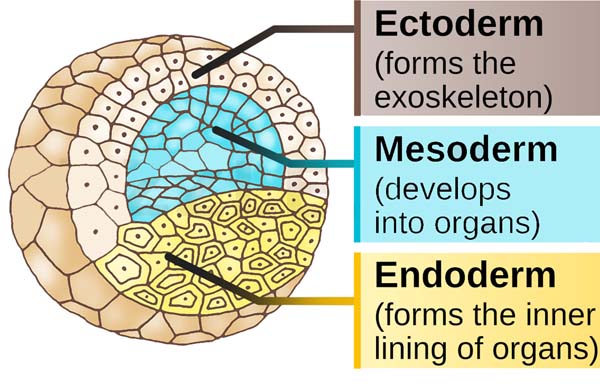
Three life support systems of the human body: brain, heart, lungs (nervous, circulatory, respiratory).
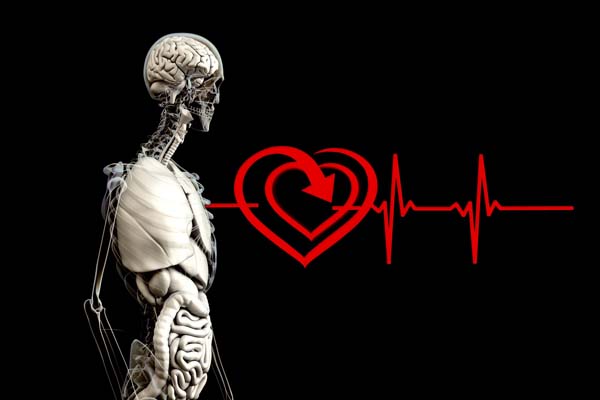
Three main parts of the cardiovascular system: arteries, veins, heart.
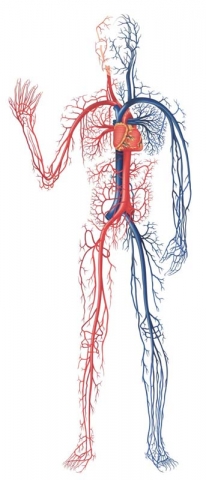
Three phalanges for each finger/toe.
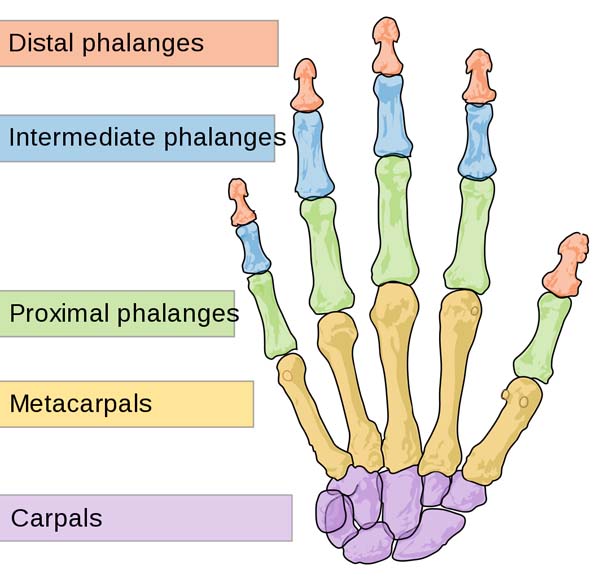
Three semicircular canals in the vestibular apparatus.
These are responsible for balancing, as well as some unpleasant experiences like motion sickness. There is one for each axis of 3D space.
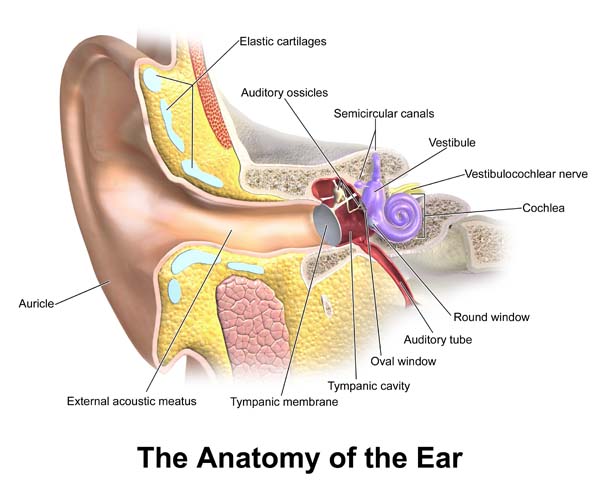

Three major nerves in the forearm: Radial, Ulnar, and Median.
Three sections of the small intestine: duodenum, jejunum, ileum. This is where the vast majority of nutrient uptake occurs.
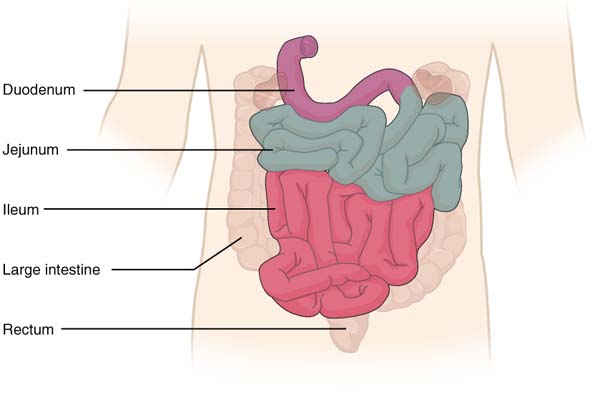
Three types of muscle: smooth, cardiac, and skeletal

Three muscles of the anterior abdominal wall: External oblique, Internal oblique and the Transversus Abdominis.
These abdominal muscles in conjunction with the three erector spinae muscles of the back serve to keep us in a stable upright posture as we stand and walk.
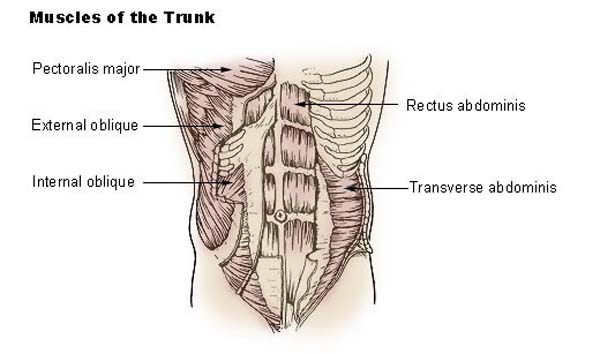
Many other muscle groups of threes:
- triceps brachii (three-headed muscle of the arm)
- deltoids: triangular shaped (anterior, lateral, posterior)
- hamstrings (semimembranosus, semitendinosus, biceps femoris)
- gluteals (maximus, medius, minimus)
- erector spinae (Iliocostalis, Longissimus, Spinalis)
There are also many examples of Triads in the circulatory and nervous systems.
The Triad and the Geometry of Light
In Article 23 we discussed the geometry of light in regards to the Vesica Piscis and the Dyad. Here it is important to see that the Triad – the equilateral triangle – emerges directly from the Vesica Piscis. In three dimensions this equilateral triangle is a tetrahedron.
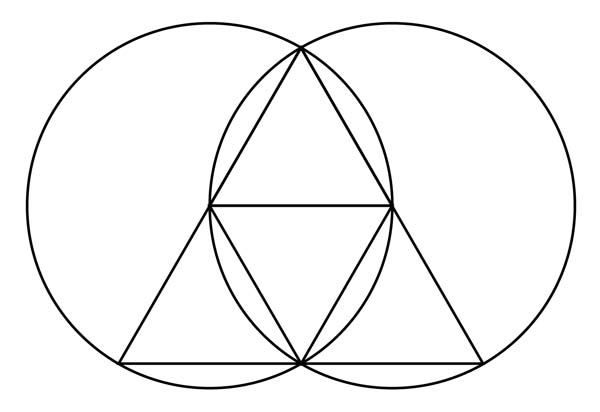
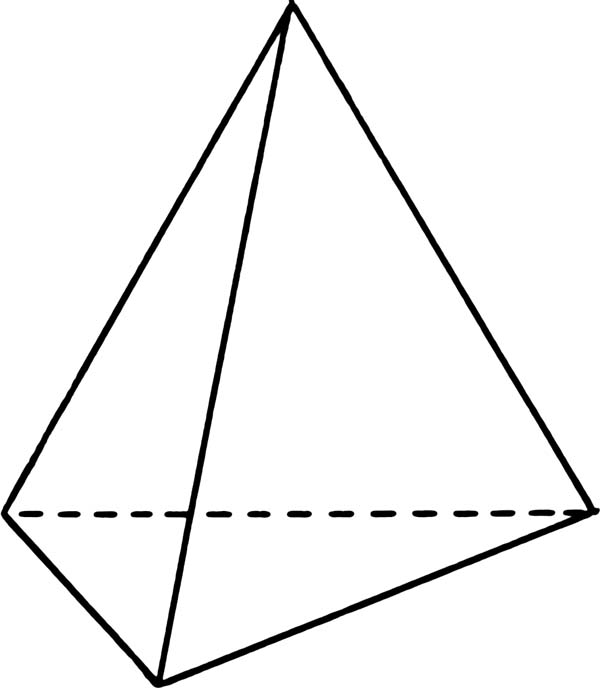
A tetrahedron is a balance of the Triad (triangle) and the Tetrad (4-faces). The triangle is a balance of the Dyad (Vesica & line) and the Triad (3-sides). All of this comes from the Monad (the pulsating rotating circle/sphere that reflections itself in infinite directions).
It is important to remember that the principles of the Dyad, Triad, Tetrad…etc. never work in isolation. They are always interwoven with the principles of all the numbers from 1 to 10.

We learn in the Science section of Cosmic Core that the Photon is Tetrahedral in nature. See Article 124 for more information.
This was first predicted by Buckminster Fuller, Max Planck and physicist Rod Johnson.
The core of the photons identity is geometric, just as the nature of all vibration in the Aether is geometric.
The photon – the smallest entity and the carrier of electromagnetic energy – takes the shape of two tetrahedra.
A free photon has a form of two tetrahedra back-to-back. This shape is also called a triangular dipyramid (or bipyramid).
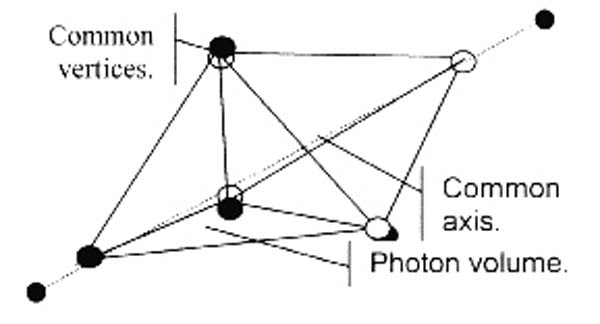
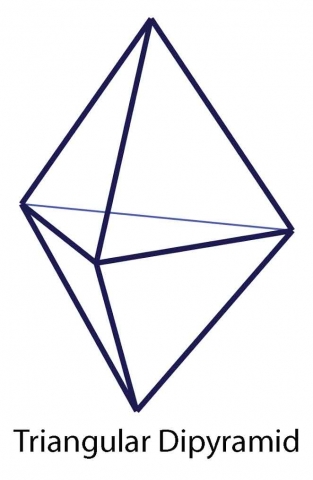
Figure by Rod Johnson – Two tetrahedrons joined at a common face to form the “photon” measured by Planck‘s constant
A confined photon has a form of a star tetrahedron. The two tetrahedra above have slid together and locked into place.
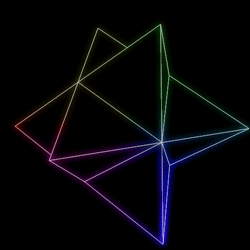
This has been confirmed by the discovery of the Amplitudehedron by Nima Arkani-Hamed and Jaroslav Trnka and the first image captured of a photon by Radoslaw Chrapkiewicz.
The Tetrahedron & The Amplitudehedron
The amplitudehedron is the geometry of subatomic particle interactions. Every part is a tetrahedron. It was discovered in 2013 by Nimi Arkani-Hamed and Jaroslav Trnka.
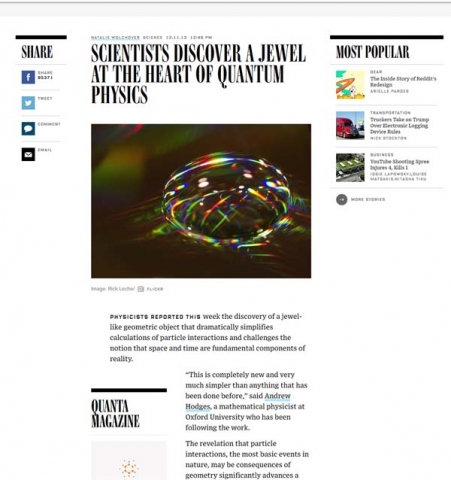
“The amplitudehedron is a newly discovered mathematical object resembling a multifaceted jewel in higher dimensions. Encoded in its volume are the most basic features of reality that can be calculated – the probabilities of outcomes of particle interactions.”5
The Amplitudehedron creates the universe in its image. It is a shape that creates amplitudes that jiggle particle tracks in bubble chambers.
It shows the universe is an emanation of a single geometric form.
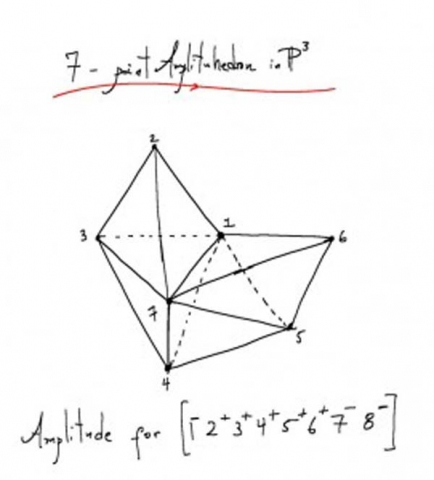
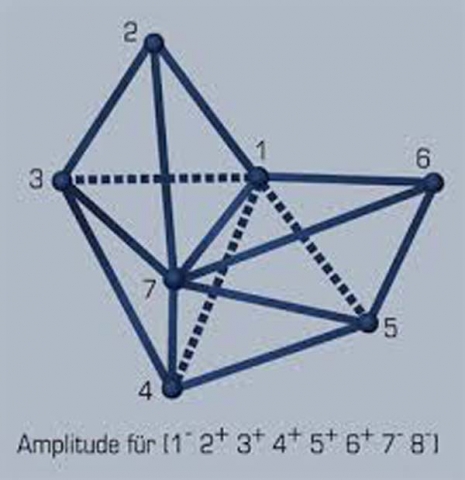
The Amplitudehedron appears to be a star tetrahedron. More precisely: ¼ of a star tetrahedron.
Notice below how the shape can be seen as one corner of the star tetrahedron (Merkaba/Stellated Octahedron).
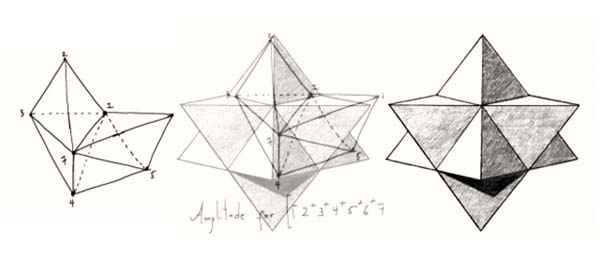
Credit: David Wilcock
Verified Shape of the Photon
In 2016 the shape of the photon was independently verified by Polish physicist Dr. Radoslaw Chrapkiewicz.
On July 20, 2016 an article was published entitled, What shape are photons? Quantum holography sheds lightby Cathal O’Connell in Cosmos Magazine.6
The following information is sourced from that article.
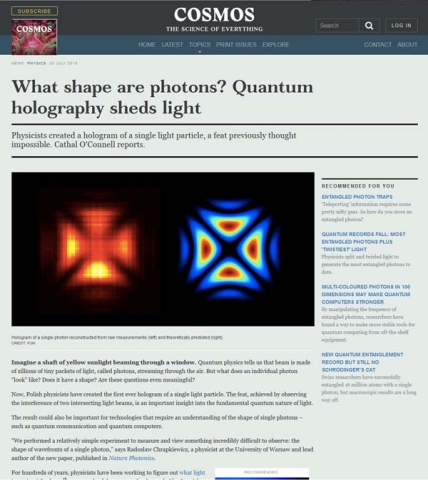
Physicists Chrapkiewicz and Banaszek created a hologram of a single light particle (photon).
“The image – which is called a hologram because it holds information on both the photon’s shape and phase – was created by firing two light beams at a beamsplitter, made of calcite crystal, at the same time.”
Each photon could either go straight or turn, depending on the shape of their wave function.
“It’s a little like firing two bullets to glance off one another mid-air and using the deflected trajectories to figure our shape of each projectile.”
After over 2000 repetitions a pattern of flashes built up.
They discovered the shape of the photon was a star tetrahedron looked at from its ‘cubic’ angle (on right).
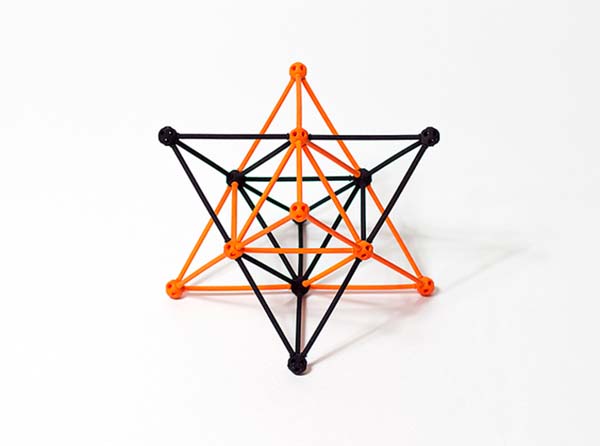
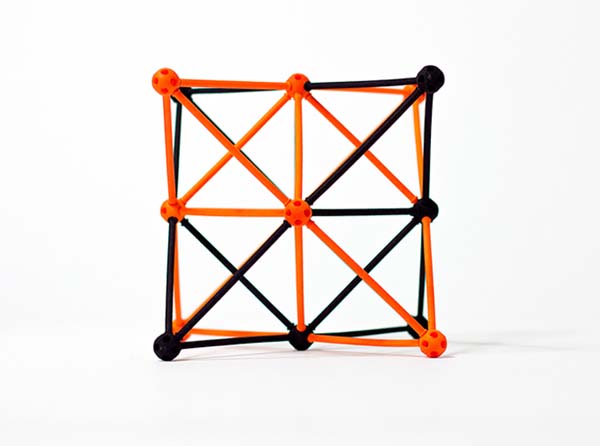
It looks exactly like a Maltese cross.
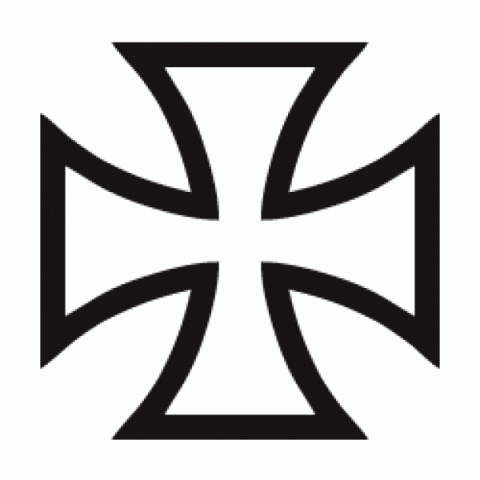
The shape they found (on left) was predicted by Schrodinger’s equation for the quantum wave function (pictured on right below.)
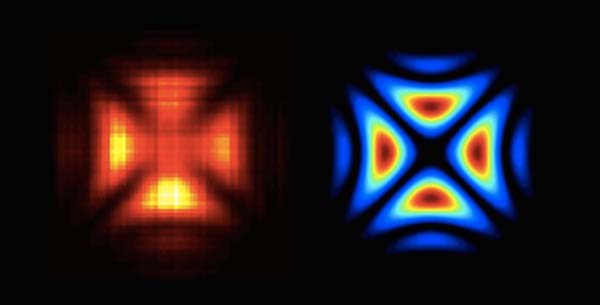
In the arms of the cross where the photons were in step, the image is bright. Where they weren’t, we see darkness.
Therefore, the photon is tetrahedral in nature and appears to be a star tetrahedron.
Further Info: The Geometry of Light as Tetrahedral in Nature
As we saw in earlier articles, the Vesica is delineated by two equilateral triangles. In 3D they are the back-to-back tetrahedra.
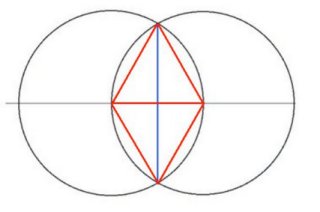
The length and width of the Vesica form a cross. The cross is the foundation of light.
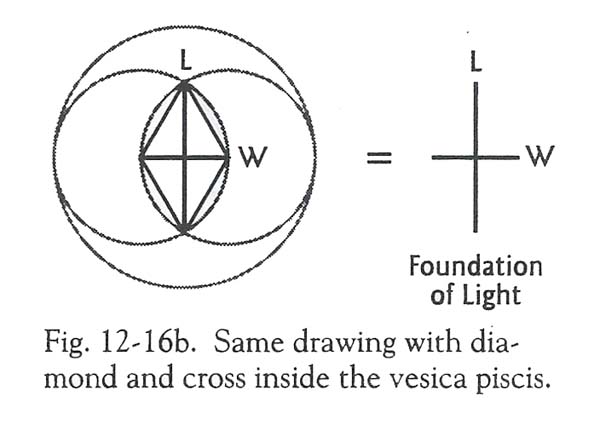
Credit: Drunvalo Melchizadek, The Ancient Secret of the Flower of Life
From One (the Infinite Monad) comes Two (two axes of electricity and magnetism that ‘light and maintain the Central Fire’). From Two comes Four (two positive poles and two negative poles or four directions). From Four comes Eight (the Octave).
This is one aspect of Hermetic wisdom. “I am One who becomes Two; I am Two who becomes Four; I am Four who becomes Eight; I am the One after that.”
The two axes of the cross represent the two axes of electromagnetism.
The long axis, or length is electricity. One end is positive, the other negative.
The short axis, or width is magnetism. Like electricity, one end is positive, the other negative.
A magnetic component is moving at 90 degrees to the electrical component, also in a sine-wave.
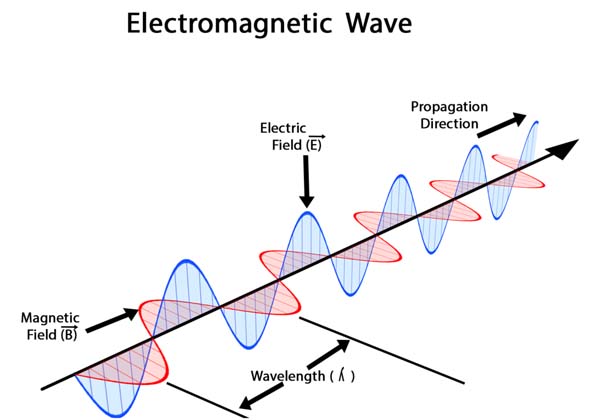
Both components are simultaneously spiraling around each other – rotating in 90-degree segments.
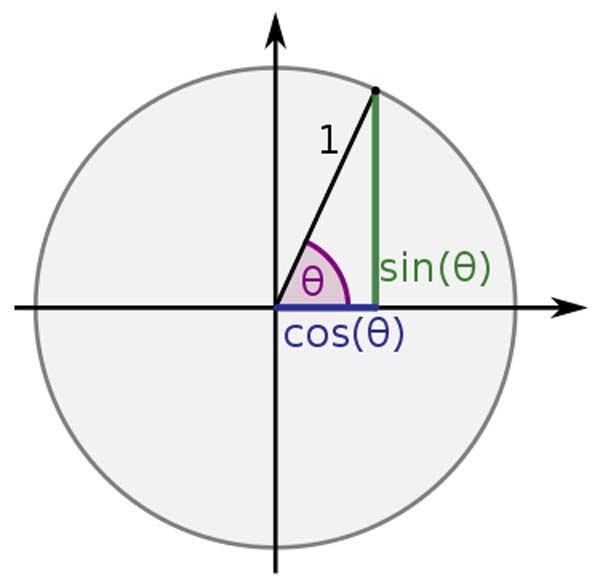
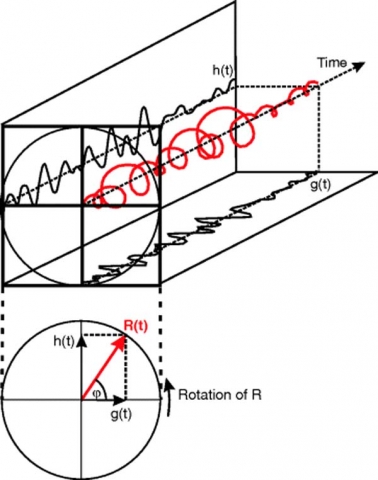
They are in the square root 3 ratio to each other.
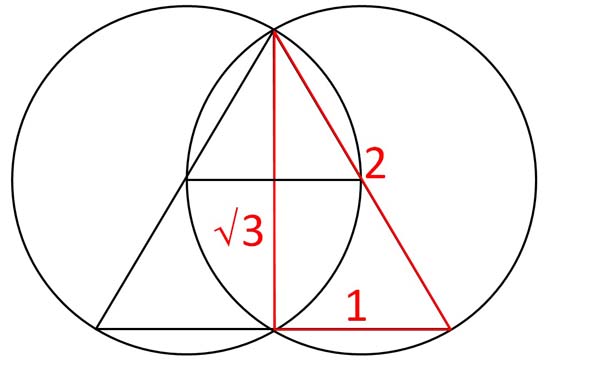
Light spirals as it moves: every time the Vesica rotates 90 degrees, a new cross is created – the length of the smaller cross becomes the width of the larger cross.
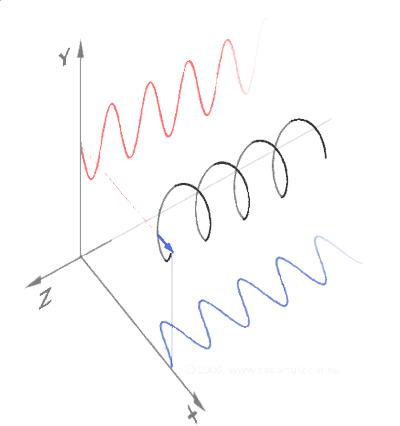
This creates “a geometrical progression of relationships within the Vesica Piscis that identifies the blueprint of light based on the square root of 3.”7
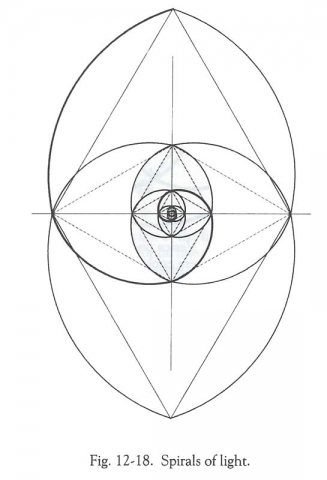
Credit: Drunvalo Melchizadek, The Ancient Secret of the Flower of Life
The Triad in Light & Color
The ability of the human eye to distinguish colors is based upon the varying sensitivity of different cells in the retina to light of different wavelengths.
Humans are trichromatic – the retina contains only three types of color receptor cells, or cones for our seven-fold spectral experience of color.
- Red cone with wavelength approx.. max. 7600
- Green cone with wavelength approx.. 50-54 x 100
- Blue Violet cone with wavelength approx. min 3800
This is a 2:1 single octave of light.
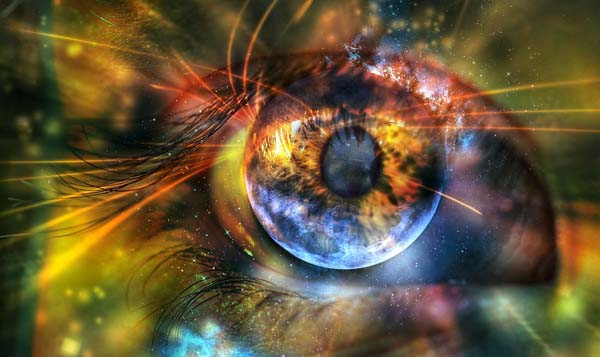
Color is based on threes:
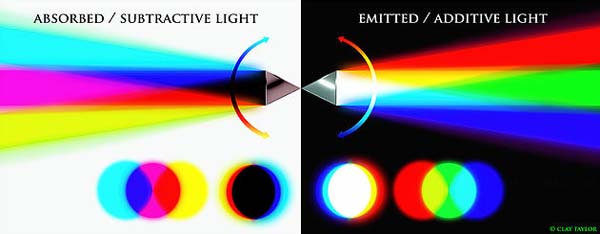
Credit: Clay Taylor
In light:
Primary colors: red, green, blue-violet.
Secondary colors: cyan, magenta, yellow.
All colors of light together equal white.
The colors are additive, in that they form pure white light.
Direct light adds toward white.
In pigment:
Primary colors: red, blue, yellow.
Secondary colors: violet, orange, green.
All colors of pigment mixed together equal black.
The colors are reflected, therefore subtractive, in that they remain after direct light colors are absorbed into or subtracted from the surface.
Pigment colors subtract toward black.
Reflected colors of objects show up exactly what the actual color isn’t, since its true colors are absorbed.
What reflects to us is what remains.
The following information is sourced from the brilliant article Light & Color Theory of the Magnetic Spectrum by Clay Taylor.8
![]()
Additive Color
Additive color is created by mixing a number of different light colors, with shades of red, green and blue being the most common primary colors used in additive color system.
Visible light is a range of EM wavelengths rather than any single one wavelength.
The process of refraction is more extreme for smaller wavelengths than longer wavelengths.
This results in the disassociation and fanning out of what we perceive as the white light into the wavelengths that compose it, which we perceive as separate colors.
When white light is emitted through a prism, three primary wavelengths of color result: red, green, and blue.
When two of these primaries are blended into different combinations they form three secondary colors of: yellow, magenta, and cyan.
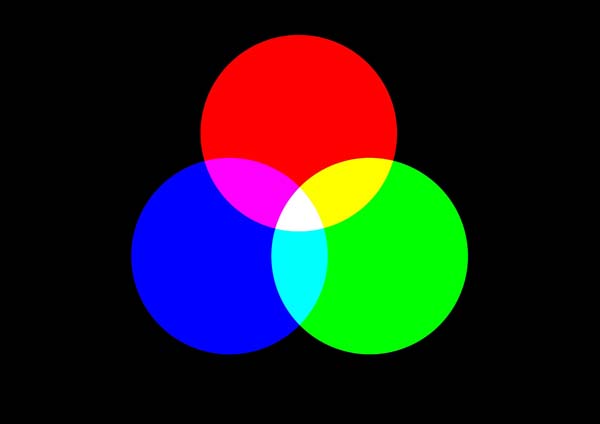
Subtractive Color
Subtractive color explains the mixing of a limited set of dyes, inks, paint pigments or natural colorants to create a wider range of colors, each the result of partially or completely subtracting (absorbing) some wavelengths of light and not others.
When looking at a shadow surrounded by light while looking through a prism, the primary colors appear to be yellow, magenta and cyan.
These seemingly combine to form secondaries of red, green and blue.
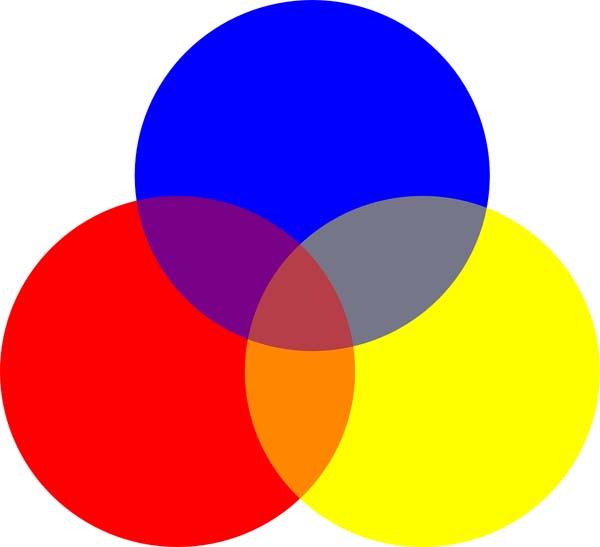
Cyan = white – red
Yellow = white – blue
Magenta = white – green
Red = blue – green
Blue = green – red
Green = white – blue and red
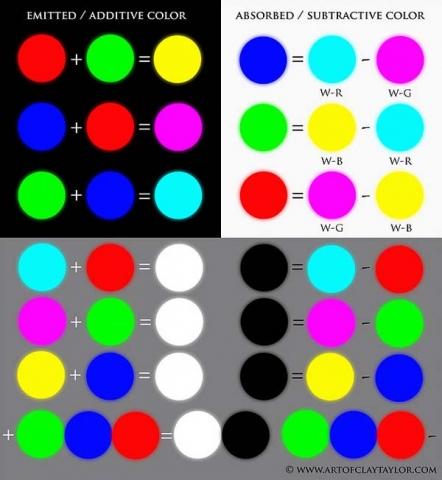
Credit: Clay Taylor
Shadows
“Beware you do not lose the substance by grasping at the shadow.” ~ Aesop
Shadows are refracted as well. Shadows are part of the contrast between positive emission and negative absorption of the EM spectrum.

When one looks through a prism towards the outside world at a shadow surrounded by light, they will see the shadow refracting in 3 separate bands, just as light does.
The shadows will take on cyan, magenta and yellow hues.

Credit: Clay Taylor
“One may think of Time and Space as the windows and walls of a shadowy domicile dreamed by an infinite Consciousness in its eternal game of becoming imaginable to itself.” ~ Robert Lawlor
It All Stems from the 3 Primaries
All emitted colors and saturations possible exist as different ratios of blends between the 3 primary colors of emission.
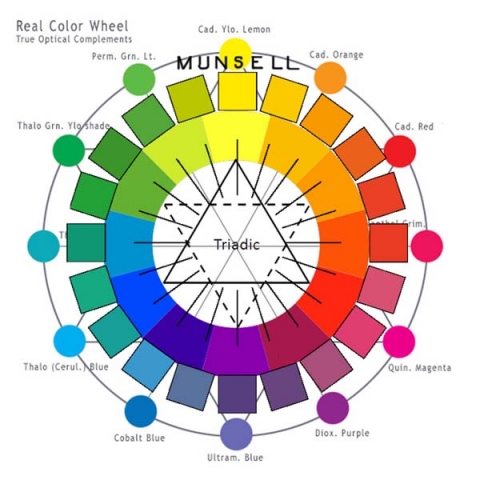
All absorbed colors exist as different ratios and blends of the subtractive primaries, which are a result of the negation of a primary color from white.
Additive and subtractive color is actually one and the same.
We perceive colors that are present to perceive, and that depends entirely on which combinations of primary colors are available to resonate with our eyes.
Black is the absence of all 3 primaries.
White is the presence of all 3 primaries.
Why are there 3 Primary Color/Angles of Refraction in EM Radiation?
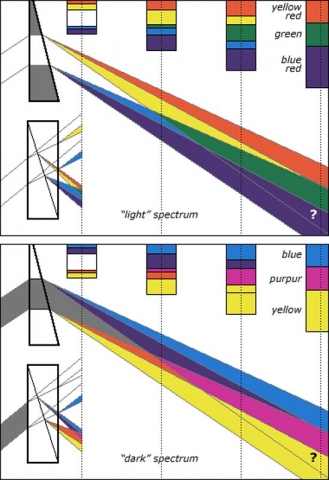
Clay Taylor tells us that magnetism and all its possible energy field arrangements are composed of three irreducible base components.
These are the base triangulation/polarization into:
Positive, negative and neutral.
Could this be due to the inherent triangular shape of the photon – the tetrahedron?
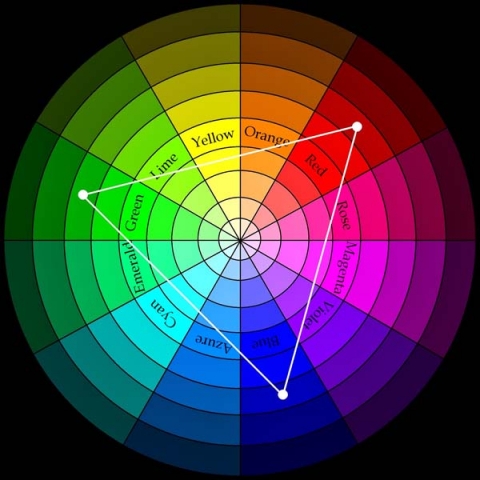
Light, Color & Sound
Light and color operate on the same harmonic/mathematical principles as sound.
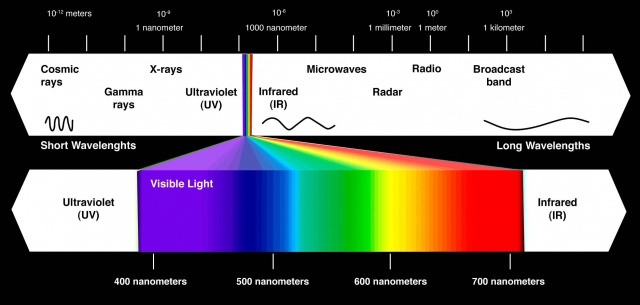
Sound operates in the hundreds of vibrations per second.
Light and color operate in the hundreds of trillions of vibrations per second.
- “All vibration is intimately connected to all other vibration thereby demonstrating:
- the interconnectedness of all things and energies
- all things are themselves built up from simple vibration to complex chords using universal principles of vibration alone
- there is no such thing as chaos in the universe
- all things exist by virtue of harmony among vibrations that make it what it is, and
- all things are intimately connected by sympathetic vibration.”10
“Light, color and sound share the same wave patterns. What is more, they share the same vibration rates, as J. Dauven proved in 1970. Diagram A is a composite of both vibrations; sound frequencies (the number of vibrations per second) are shown with a dash-dotted line, and color frequencies are shown with a solid line. The closeness of the two lines indicates that the experience of harmonious rhythms is shared by the eye and the ear, even though one registers it as color, the other as sound.”

Correspondence between musical sounds and colors. Sound vibrations of one octave of the keyboard from G to F are tabulated in diagrams A together with the seven spectral colors to show the basic unity in these diverse patterns. Credit: Gyorgy Doczi – The Power of Limits, 1981
The Triad in Sound and Music
It takes a combination of only three primary notes (the tone, fourth and fifth) to combine in four secondary ways to produce the 7-note musical scale.
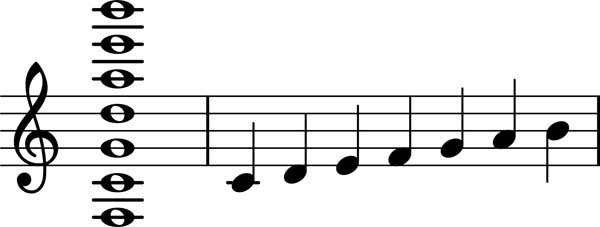
The ratios 3:2 and 3:1 define the intervals of the fifth and its octave, the most beautiful harmonies other than the octave itself.
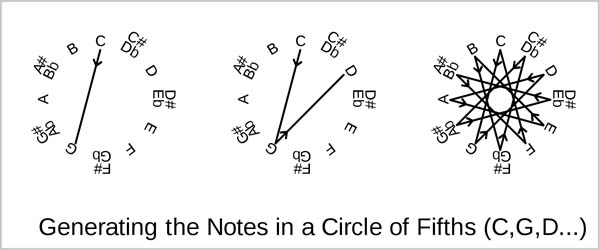
This is the key to all ancient tunings.
“The ancients understood our physical world to be a divine mathematical plan, geometry was sacred, number was the fingerprint of life and knowledge of these things was the wisdom of the gods.”11
The Triangle & Music
Seen below, “If one draws one triangle within another with edges touching [as shown], the side lengths and the circumscribed/ inscribed circles give us the doubling/halving/octave ratio exactly. Continuing the lines of the inner triangle to unite the inscribed and circumscribed circles, we find the golden ratio of phi and 1/phi. This most simple geometric relationship describes how phi is inherent within the triangulation of the fundamental tonic and octave relationship.”12
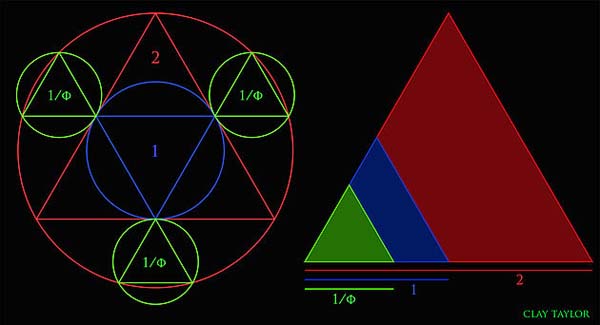
Credit: Clay Taylor
Fibonacci is Music
Recall how the Golden Ratio is inherently a part of the Fibonacci Sequence.
1 : 1 : 2 : 3 : 5 : 8 : 13 : 21
“The Fibonacci series is the base of music. Here we have the series going up which breaks into a smooth series of even musical intervals.
When the numbers are going in reverse order we can see the spontaneous generation of odd or enharmonic musical intervals.
The two series will progress to infinity always attempting to form a Harmonic 6th which does not exist in music or nature because the Harmonic 6th signifies perfect unity or harmony or equation of forces. Should this happen the forces then become latent and non-perceptable.”13
1 : 1 Unison
3 : 2 Perfect 5th
8 : 5 Minor 6th
21 : 13 Minor 6th
∞ : ∞ Harmonic 6th
34 : 21 Major Sixths
13 : 8 Major Sixths
5 : 3 Major 6th
2 : 1 Octave
“It really is a Musical Universe (!) which is both created and evolved from its vibratory root of One demonstrating there is no conflict between concepts of a created universe and theories supporting material evolution. Both these concepts work hand in hand to manifest, choreograph and present the spectacle of beauty, structure, dynamics, utility and love seen all around us.”14
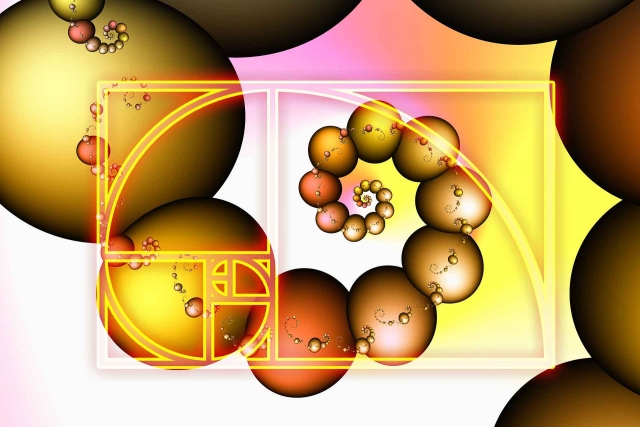
Keith Critchlow, Triangles and their Musical Significance
See page 219 in The Ancient Secret of the Flower of Life by Drunvalo Melchizadek.
“[Keith Critchlow] drew an equilateral triangle with a line through the middle; then measured to the middle of the center line and drew a line down to the corner and up to the top edge and then vertically down to the center line, as shown. Where that first diagonal line crossed the center line, he then drew a vertical line to the upper edge, then down to the same lower corner. Using the point where it crossed the center line, he repeated what he had done before, then did it once more to the left.”15
Critchlow explains, “Continuing in this way each successive proportion will be the harmonic mean between the previous proportion and the total length, and all these proportions will be musically significant, ½ being the octave, 2/3 being the fifth, 4/5 being the major third, 8/9 being the major tone and 16/17 being the half tone.”
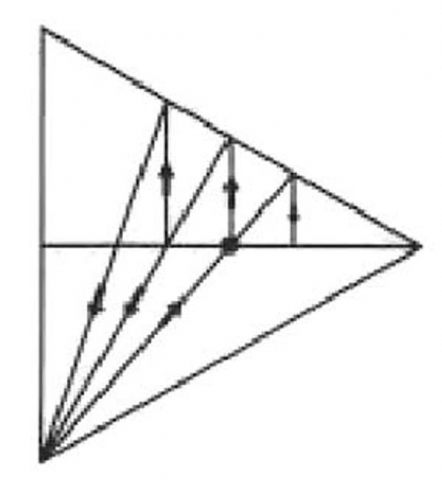
He is comparing the proportions of these lines to musical tones.
“He then tried measuring it in a different way, starting at a different point of the center line, at ¾, and found that the measurements were 1/7, ¼, 2/5, 4/7, 8/11 and 16/19 – and all these numbers are musically significant.”16
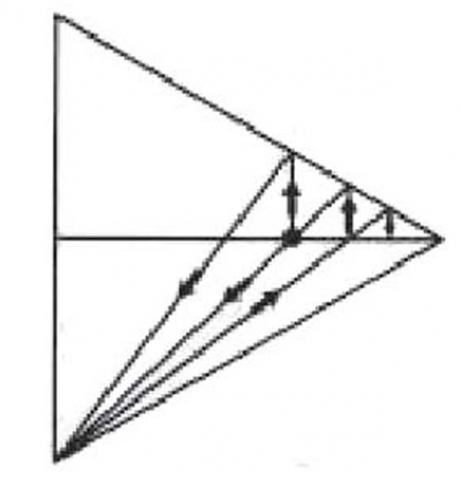
This means “the harmonics of music are somehow related to the proportions of this central line moving through a tetrahedron.”17
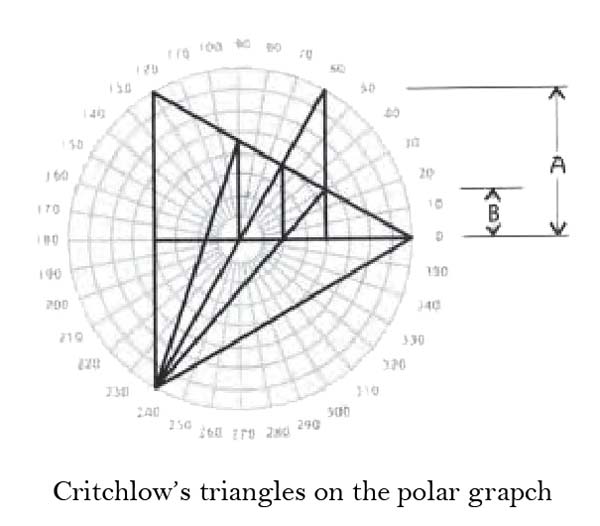
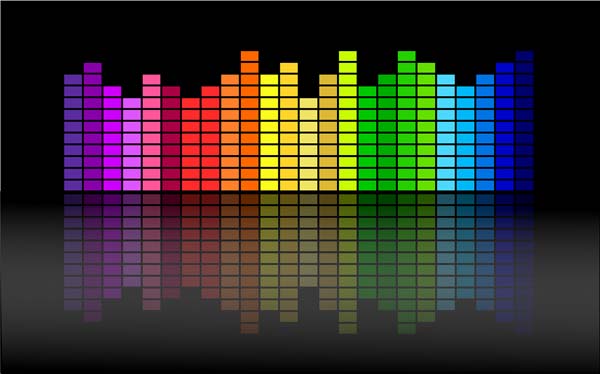
For clarification on light and color watch: Light, Darkness and Colour: Goethe’s Theory: https://www.youtube.com/watch?v=j6KndO07dVk
and read Light & Color Theory of the Magnetic Spectrum by Clay Taylor: https://www.artofclaytaylor.com/single-post/2016/08/22/The-Magnetic-Spectrum-of-Inertial-Polarization
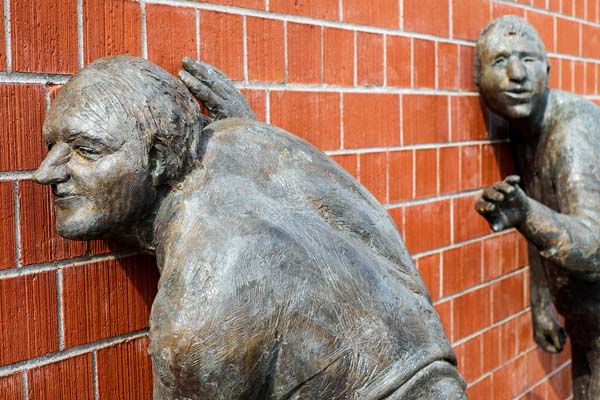
- Schneider, Michael, A Beginner’s Guide to Constructing the Universe, Harper Perennial, 1994
- Critchlow, Keith, The Hidden Geometry of Flowers: Living Rhythms, Form and Number, Floris Books, 2011
- http://www.scienceonthenet.eu/content/article/nature-numbers
- http://www.meddean.luc.edu/lumen/meded/grossanatomy/threes.html
- Wolchover, Natalie, Scientists Discover a Jewel at the Heart of Quantum Physics, 12/11/13, https://www.wired.com/2013/12/amplituhedron-jewel-quantum-physics/
- O’Connell, Cathal, What shape are photons? Quantum holography sheds light, 20 July 2016, Cosmos Magazine, https://cosmosmagazine.com/physics/what-shape-is-a-photon
- Melchizadek, Drunvalo, ‘The Ancient Secret of the Flower of Life, vol. 2‘, Inner Light Traditions, 1999
- Taylor, Clay, Light & Color Theory of the Magnetic Spectrum, 20 November 2016, https://www.artofclaytaylor.com/single-post/2016/08/22/The-Magnetic-Spectrum-of-Inertial-Polarization
- ibid.
- Pond, Dale, It Really is a Musical Universe! November 1999, http://www.svpvril.com/musicuni.html
- Taylor, Clay, A Hint of Rational Unity Among Irrational Constants, 24 November 2017, https://www.artofclaytaylor.com/single-post/2017/11/24/A-Hint-of-Rational-Unity-Among-Irrational-Constants
- Taylor, Clay, Light & Color Theory of the Magnetic Spectrum, 20 November 2016, https://www.artofclaytaylor.com/single-post/2016/08/22/The-Magnetic-Spectrum-of-Inertial-Polarization
- Pond, Dale, 1993, http://www.svpvril.com/svpweb5.html
- Pond, Dale, It Really is a Musical Universe! November 1999, http://www.svpvril.com/musicuni.html
- Melchizadek, Drunvalo, ‘The Ancient Secret of the Flower of Life, vol. 2‘, Inner Light Traditions, 1999
- ibid.
- ibid.
Recent Comments